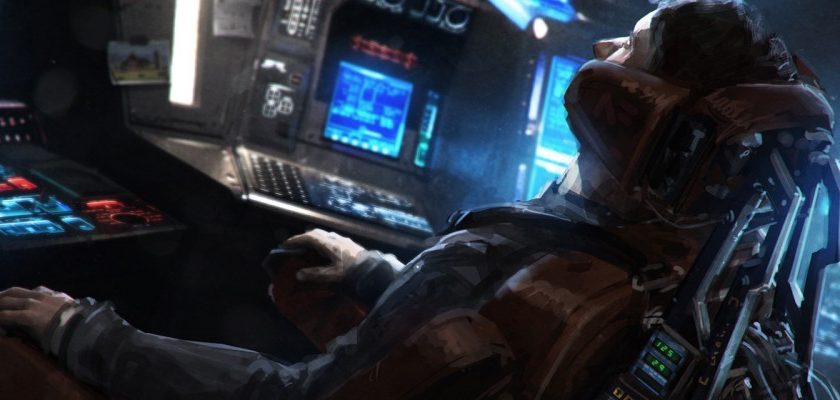Technology is the new superhero as the spread of COVID-19 becomes a hindrance to work, classes, and even doctor appointments across the world, a majority of people in the world are turning to digital means to stay connected and track information about the outbreak.
With the increased reliance, the majority of adults say that a significant interruption to their internet or cellphone service during the outbreak would disrupt their daily life. And if a lack of electricity causes this interruption, it would be even more disastrous because people are doing everything from home during the quarantine period.
As the coronavirus spreads, so are innovations that are being developed to combat it. Not only is it making life in quarantine more livable for millions of people, but it is also helping to fight the virus. Let’s see how the world is putting information technology in the wake of coronavirus to action.
The Infodemic: With the virus making headlines globally, false information is also being spread. These incorrect pieces of information are labeled as an ‘infodemic’ by the WHO. Even though technologies are used to disseminate facts, it has facilitated misinformation as well. But technology is also helping to curb fake news. In China, a vast online mobilization of experts, organizations (including UNDP), celebrities, universities, and even AI news anchors are battling the fake news, urging everyone to “spread the word, not the virus.” For instance, they are encouraging youth to share facts with the elderly, promoting social distancing, and sharing how to wear masks.
Business continuity: A significant challenge during the virus outbreak is being able to work. Several tech companies are offering free online collaborative tools. Other businesses have quickly adopted work-from-home policies, using online meeting software, collaboration platforms, and LBS technology to clock in and ensure employees stay home. At UNDP, the use of Zoom teleconferencing and ERP Platforms have allowed us to keep working.
Robot nurses and AI Diagnoses: Robots were also being used in many Chinese hospitals to deliver medicine, food, and other supplies to patients; to disinfect hospitals and other public areas; to check patients’ temperatures; to answer common questions. Coronavirus is being diagnosed using AI, which can read thousands of CT scans in 20 seconds with an accuracy rate of 96%.
Connecting people: Disruption of daily life and curtailed social interaction for nearly one-fifth of the global population is being caused by compulsory quarantine. Compulsory quarantine is leading millions to interact online instead. Families dine together with relatives in distant cities, raising a glass to each other on camera. Even weddings are being held in Virtual Reality.
But while digital connections may provide an alternative during a time of social distancing, it is no replacement for person-to-person interaction. As technology plays a critical role in offering treatment, information, support, food, schooling, and more excellent safety for many, it may, at times, fuel debates about privacy, present its challenges, and public good; in the fight against the coronavirus.

